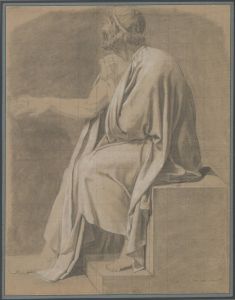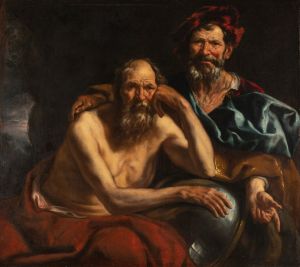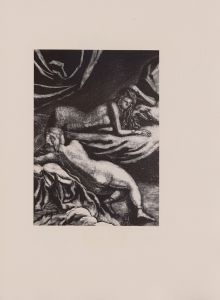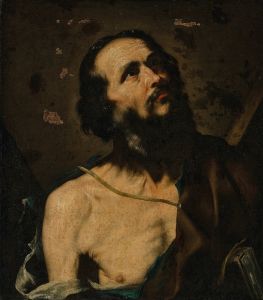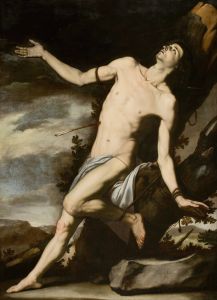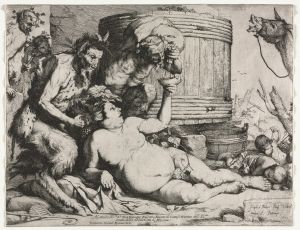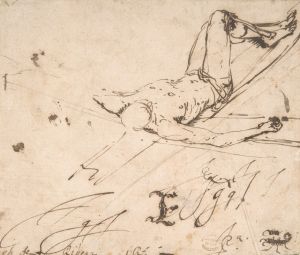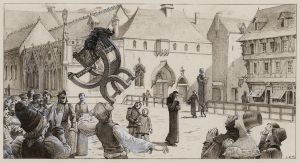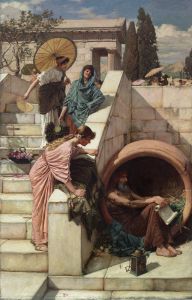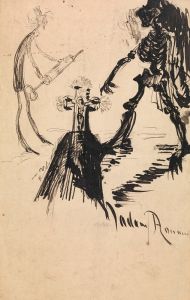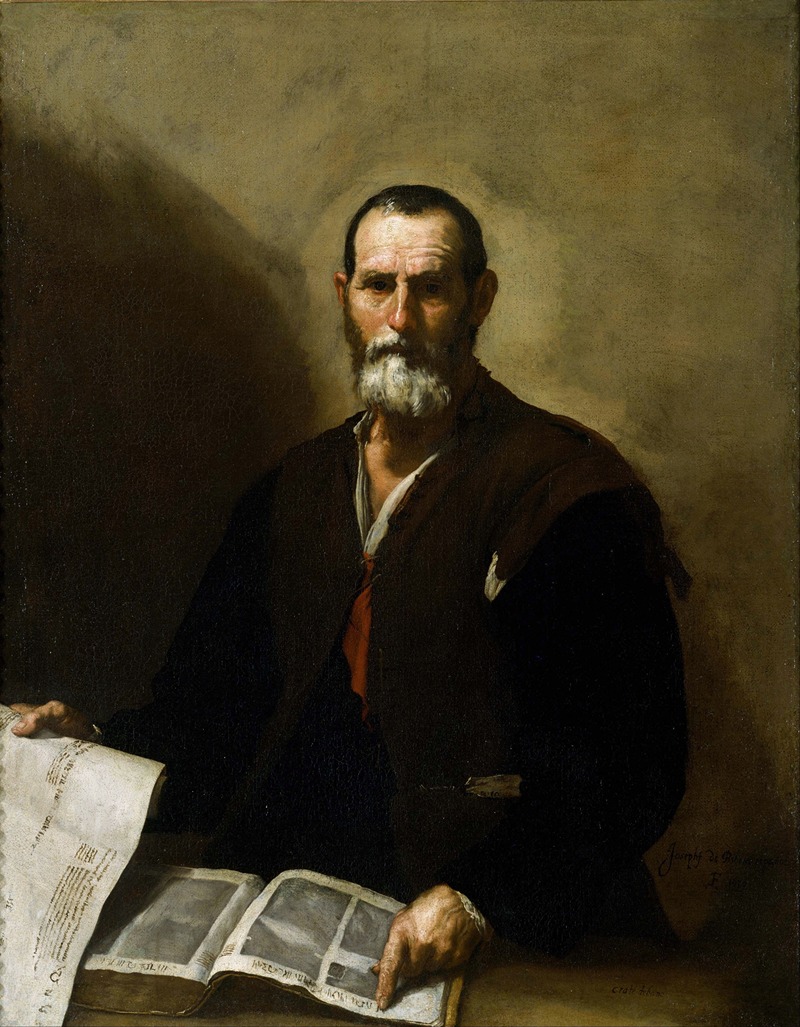
Philosopher Crates
A hand-painted replica of Jusepe de Ribera’s masterpiece Philosopher Crates, meticulously crafted by professional artists to capture the true essence of the original. Each piece is created with museum-quality canvas and rare mineral pigments, carefully painted by experienced artists with delicate brushstrokes and rich, layered colors to perfectly recreate the texture of the original artwork. Unlike machine-printed reproductions, this hand-painted version brings the painting to life, infused with the artist’s emotions and skill in every stroke. Whether for personal collection or home decoration, it instantly elevates the artistic atmosphere of any space.
"Philosopher Crates" is a painting by the Spanish Baroque artist Jusepe de Ribera, also known as José de Ribera. Ribera was born in Játiva, Spain, in 1591 and spent most of his career in Italy, where he became one of the leading painters of the Neapolitan school. He is renowned for his realistic depictions of human figures and his use of chiaroscuro, a technique that emphasizes the contrast between light and dark.
The painting "Philosopher Crates" is part of Ribera's series of portraits of ancient philosophers, a common theme in his work. These portraits were highly regarded for their intense realism and psychological depth. Ribera's interest in depicting philosophers can be linked to the broader Baroque fascination with the human condition, wisdom, and the passage of time.
Crates of Thebes was a Greek philosopher who lived in the 4th century BCE. He was a pupil of Diogenes of Sinope and is often associated with the Cynic school of philosophy. Crates is known for his ascetic lifestyle and his teachings that emphasized virtue and self-sufficiency over material wealth.
In "Philosopher Crates," Ribera portrays the philosopher with a rugged, weathered appearance, reflecting his ascetic lifestyle. The painting captures Crates in a moment of contemplation, with a serious and introspective expression. Ribera's use of chiaroscuro is evident in the strong contrasts between the illuminated parts of Crates' face and the deep shadows that surround him, creating a dramatic and focused composition.
The background of the painting is typically dark and plain, a characteristic feature of Ribera's work, which helps to draw attention to the figure of Crates. The philosopher is depicted with a long beard and simple clothing, further emphasizing his rejection of materialism and his commitment to a life of philosophical inquiry.
Ribera's ability to convey the inner life of his subjects through their physical appearance is one of the hallmarks of his style. In "Philosopher Crates," the detailed rendering of the philosopher's face and hands, combined with the thoughtful pose, invites viewers to reflect on the nature of wisdom and the virtues espoused by the Cynic philosophy.
The painting is part of the collection of the Museo del Prado in Madrid, Spain, which houses an extensive collection of Ribera's works. The Museo del Prado is one of the most important art museums in the world, and its collection includes masterpieces from the Spanish Golden Age, as well as works by other European masters.
"Philosopher Crates" exemplifies Ribera's skill in capturing the essence of his subjects and his ability to convey complex philosophical ideas through his art. The painting remains a significant example of Baroque portraiture and continues to be appreciated for its artistic and historical value.





